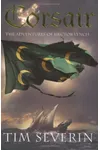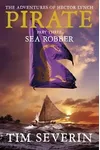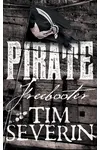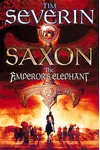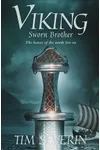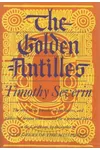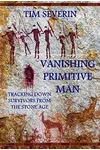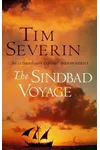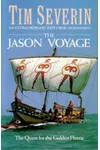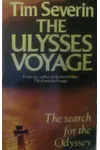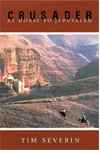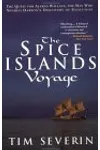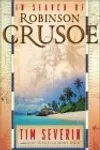Picture a British adventurer who sailed leather boats and rode horseback across continents to bring ancient legends to life—meet Tim Severin! Born in 1940, Severin was an explorer, historian, and author whose thrilling expeditions and vivid storytelling retraced the journeys of figures like St. Brendan and Sindbad the Sailor. His unique blend of scholarship and daring made history feel like a grand adventure.
From sailing a Bronze Age galley to seek the Golden Fleece to crossing the Atlantic in a medieval currach, Severin’s life was a testament to curiosity and courage. His books and documentaries didn’t just recount these feats—they invited readers to step into the past. Ready to explore the world through his eyes? Let’s dive in!
The Making of Tim Severin
Born Giles Timothy Watkins in Jorhat, Assam, India, in 1940, Severin grew up in a tea-planting family. Sent to England at age seven, he adopted his maternal grandmother’s surname, Severin, and later studied geography and history at Oxford’s Keble College. His adventurous spirit sparked early: as an undergraduate, he retraced Marco Polo’s 13th-century route across Asia on a motorcycle, facing sandstorms, floods, and even jail time. This bold journey set the stage for a career blending exploration with storytelling.
Tim Severin’s Unforgettable Adventures
Severin’s books are gripping accounts of his meticulously recreated voyages, blending historical research with pulse-pounding narrative. His 1978 bestseller, The Brendan Voyage, chronicles his 4,500-mile journey from Ireland to Newfoundland in a leather currach, proving St. Brendan’s 6th-century Atlantic crossing was possible. The book, translated into 16 languages, captures the raw thrill of battling storms and ice floes.
In The Sindbad Voyage (1982), Severin captained a replica Arab dhow from Oman to China, navigating by the stars to test the tales of Sindbad. His 1985 work, The Jason Voyage, saw him sail a Bronze Age galley to trace Jason and the Argonauts’ quest for the Golden Fleece. Later, Crusader: By Horse to Jerusalem (1989) followed the First Crusade’s 2,500-mile route on horseback. Severin’s style—rich with detail, yet accessible—turns scholarly quests into page-turners, earning him the Thomas Cook Travel Book Award and praise as an “extraordinary explorer.”
Beyond nonfiction, Severin penned historical fiction, including the Viking trilogy (2005), which follows a young Norse adventurer, and the Pirate series, set in the 17th-century high seas. His ability to weave myth, history, and adventure made his work resonate with readers worldwide.
Why Tim Severin Matters
Severin’s expeditions did more than recreate history—they proved the plausibility of ancient tales, bridging past and present. His meticulous approach, from handcrafting boats to studying medieval texts, set a gold standard for experimental archaeology. His documentaries, aired on Discovery Channel and National Geographic, brought his journeys to global audiences, inspiring adventurers and historians alike. Awards like the Royal Geographical Society’s Gold Medal and the Livingstone Medal cemented his legacy as a pioneer who made history tangible.
Severin’s storytelling also sparked cultural pride, especially in Ireland, where The Brendan Voyage became a symbol of maritime heritage. His work continues to inspire those who dream of exploring the unknown, proving that curiosity can conquer even the wildest seas.
- Born: September 25, 1940, Assam, India
- Key Works: The Brendan Voyage, The Sindbad Voyage, The Jason Voyage, Viking trilogy
- Awards: Royal Geographical Society Gold Medal, Livingstone Medal, Thomas Cook Travel Book Award
- Died: December 18, 2020, West Cork, Ireland
Snag The Brendan Voyage and dive into Tim Severin’s thrilling world of exploration and adventure!
